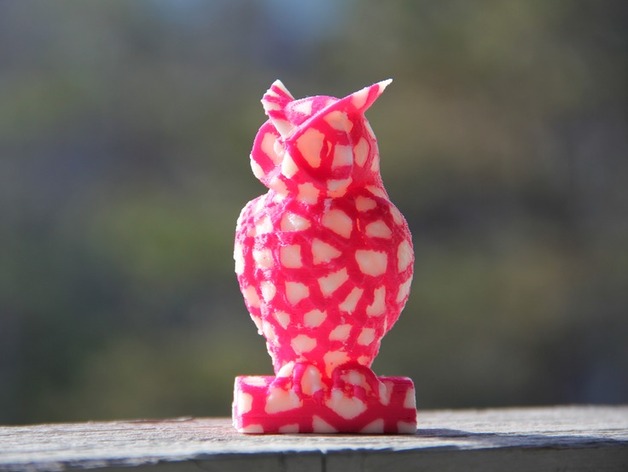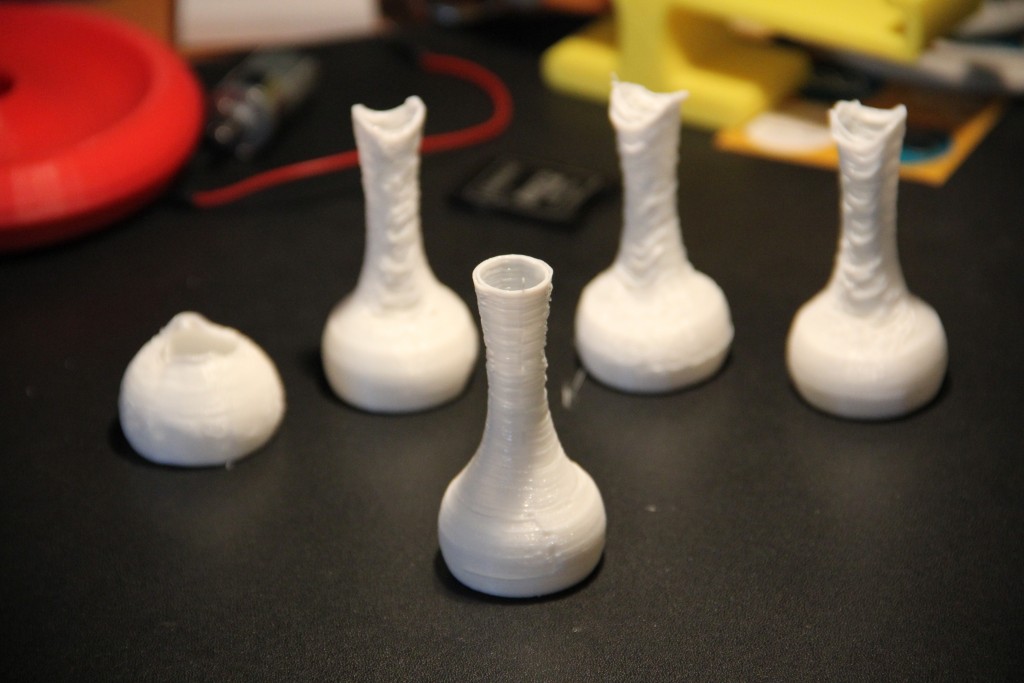Ah to be Featured! (it totally made my week)
“It was all part of the quest (to be featured) and now that the popularity ride is over it only leaves me wanting more.”
 The idea of creating something that could be a “hit” on Thingiverse has been a frequent topic of conversation in the 3D Modeling and Fabrication classes I’ve taught for the past two years. With so much talent on Thingiverse I feel quite lucky to have my 3D Geared Heart featured.
The idea of creating something that could be a “hit” on Thingiverse has been a frequent topic of conversation in the 3D Modeling and Fabrication classes I’ve taught for the past two years. With so much talent on Thingiverse I feel quite lucky to have my 3D Geared Heart featured.
I continue to find it interesting to hear the challenges that some folks have had and the reaction to the model when it works as planned.
The model was meant from the very beginning to be an easy single print (print in place) design that required no support or raft removal. We also wanted it to be something that had moving parts and wasn’t too large or time consuming to print.
Using the “standard” settings on a Makerbot or Ultimaker it usually take only an hour to print and should come off the build plate with moving gears.
Many people have thanked me for sharing my design and some of asked to use it for different purposes. The feedback from the community has been nearly all positive and in some cases touching.
Comment: Thank you for a great design. I run a small charity in the UK, one of the issues is cardiac problems. So I have printed red with white gears which is our charity colours. Our members love them. As do the cardiac staff at the local hospital.
A great design not just for Valentine’s
Our site is http://costellokids.com
 Although there were lots of folks saying nice things it is obvious that there are still going to be people out there that are looking to make a buck off your model. It only took 9 Days until I found it showing up on a website in India being sold for 320 Rs. (~$5USD) .
Although there were lots of folks saying nice things it is obvious that there are still going to be people out there that are looking to make a buck off your model. It only took 9 Days until I found it showing up on a website in India being sold for 320 Rs. (~$5USD) .
This isn’t the first time something like this has happened to one of my designs. The day I posted the heart on Thingiverse I asked a co-worker if he wanted to print one by which he quickly quipped, “no, I’ll just buy it on ebay next week.”
DATA – the ups and downs of internet popularity
From a data and statistics standpoint it is interesting to look at the climb and fall of the “Featured” items in relation clearly less popular designs. It would be really interesting to be able to see where most of the traffic is coming from and when are the most popular times of the week. Even if that isn’t available it is still nice to get this view:
A Few Final Thoughts…
Talking with people in person I find that most folks quickly get around to the question of “How much money did you make on your design?” Trying to explain that my model has been downloaded over 11,000 (update: 18,000) times and that I didn’t expect any money from it when posting it is something that makes folks question the whole Open Source/Maker movement that I often talk about in the Innovation Lab.
(2am, bedtime) … More to come…later.

 THE IDEA:
THE IDEA:
 To edit your profile: Go to the “Settings” tab and then click and expand the “Advanced options” . At the bottom you’ll see a “Create Profile” button. Click it and give it a meaningful name.
To edit your profile: Go to the “Settings” tab and then click and expand the “Advanced options” . At the bottom you’ll see a “Create Profile” button. Click it and give it a meaningful name. These variables are spread through out the miracle.jason settings file so it might be easier to edit with a program like
These variables are spread through out the miracle.jason settings file so it might be easier to edit with a program like 








